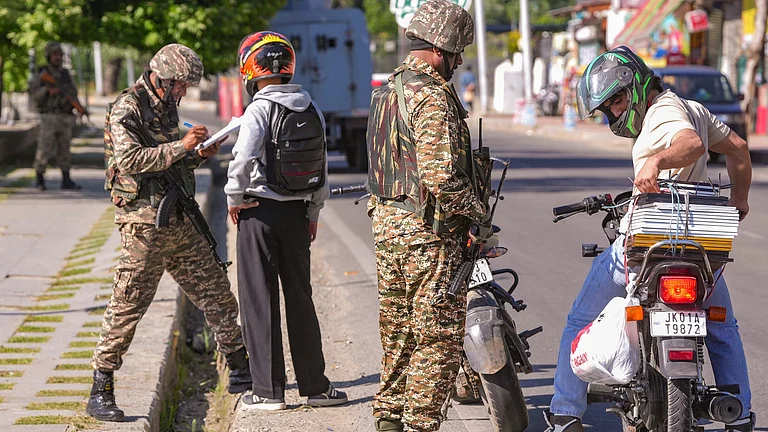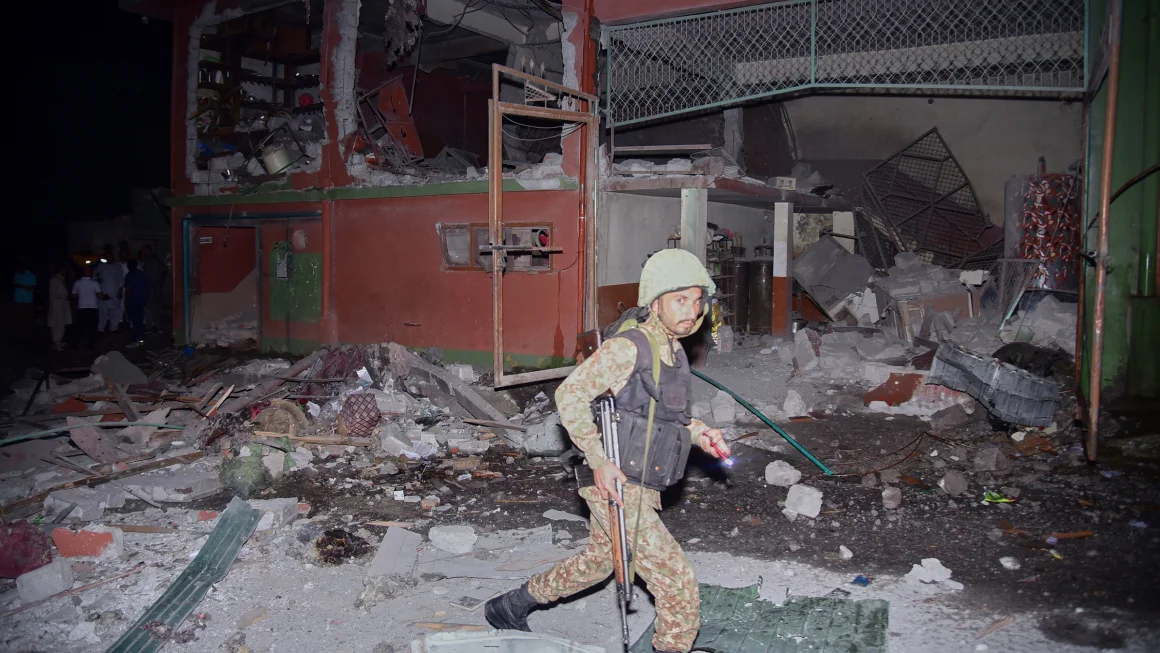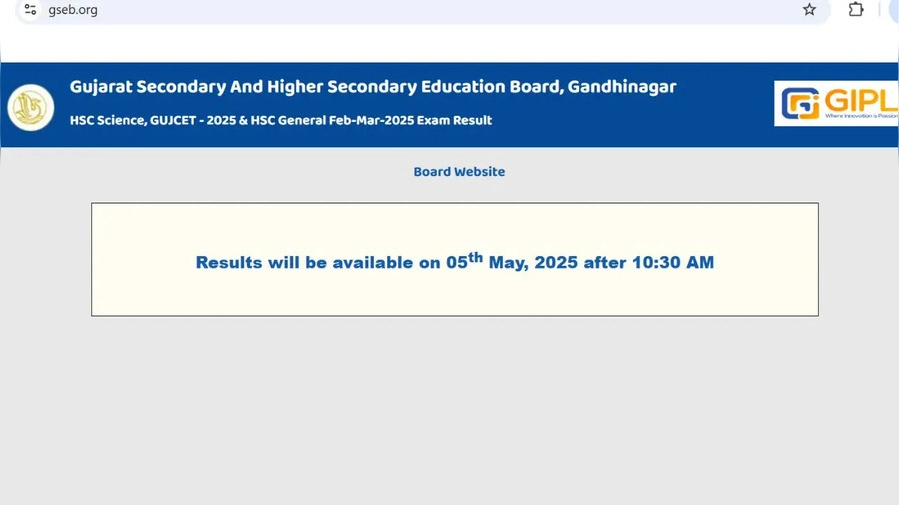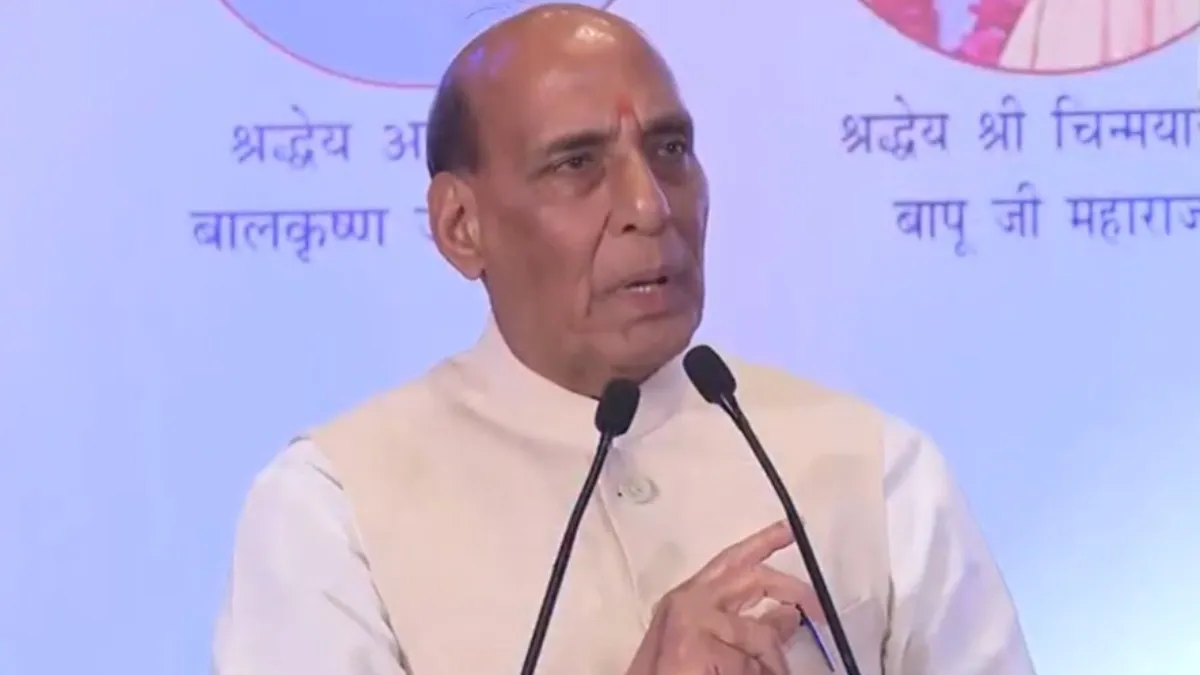India’s Nationwide Civil Defence Mock Drills on May 7: Preparing for Hostile Attacks Amid Rising Tensions
In response to escalating tensions and recent security threats, the Indian government has announced nationwide civil defence mock drills scheduled for May 7. These drills, organized by the Ministry of Home Affairs (MHA), aim to test India’s readiness in the event of a hostile attack, terror strike, or military aggression.
With 244 districts participating, the exercise will include air raid sirens, blackout drills, evacuation rehearsals, and emergency response protocols. This initiative follows heightened tensions with neighboring countries and recent terror attacks, including the Pahalgam terror strike.
In this blog, we explore the key details, objectives, and significance of these mock drills and how they strengthen India’s defence preparedness.
Why Are These Mock Drills Being Conducted?
The decision to conduct large-scale civil defence drills stems from multiple factors:
-
Rising Geopolitical Tensions
-
Ongoing border tensions with neighboring countries.
-
Recent terror attacks in Jammu & Kashmir (Pahalgam attack).
-
Global conflicts (Russia-Ukraine war, Israel-Hamas war) highlighting the need for civilian preparedness.
-
-
Strengthening Civil Defence Mechanisms
-
Ensuring civilians know emergency protocols.
-
Testing coordination between police, NDRF, hospitals, and local administrations.
-
-
Learning from Global Conflicts
-
Observing how nations like Israel and Ukraine manage civilian safety during attacks.
-
Implementing best practices for blackout procedures, bomb shelters, and rapid evacuations.
-
5 Key Components of the May 7 Mock Drills
1. Air Raid Sirens & Blackout Drills
-
Simulated air raid alerts will be sounded in multiple cities.
-
Citizens will practice blackout measures (switching off lights, avoiding mobile signals).
-
Aim: Reduce visibility for potential aerial threats.
2. Mass Evacuation Drills
-
Schools, offices, and public spaces will rehearse emergency evacuation plans.
-
Designated bomb shelters and safe zones will be identified.
-
Focus on metro cities, border districts, and sensitive zones.
3. First Responder Training
-
Police, NDRF, and medical teams will simulate rescue operations.
-
Mock scenarios: terror strikes, chemical attacks, and bomb threats.
4. Cyber Attack Preparedness
-
Government agencies will test responses to potential cyber warfare.
-
Ensuring critical infrastructure (power grids, banking systems) remains secure.
5. Public Awareness Campaigns
-
Citizens will receive SMS alerts and radio broadcasts with safety guidelines.
-
Social media campaigns to educate people on emergency protocols.
Which States & Cities Are Participating?
The drills will cover 244 districts across India, with a focus on:
-
Jammu & Kashmir (After Pahalgam attack)
-
Punjab & Rajasthan (Border states)
-
Delhi, Mumbai, Bengaluru (Metro cities)
-
Northeastern states (Sensitive border regions)
Public Reaction & Government’s Assurance
While some citizens express concern over the timing (amid election season), officials clarify that these are routine preparedness measures.
Home Ministry Statement:
"These drills are part of our ongoing effort to ensure national security. Citizens should participate actively to enhance collective resilience."
How Can Citizens Prepare?
-
Stay Informed: Follow government advisories.
-
Know Your Evacuation Routes: Identify local shelters.
-
Emergency Kit: Keep essentials (medicines, water, flashlight).
-
Avoid Panic: Treat drills as a learning opportunity.
Conclusion
India’s May 7 civil defence mock drills mark a crucial step in strengthening national security and civilian safety. By simulating real-world threats, the government aims to minimize panic, improve coordination, and ensure swift responses during emergencies.
As global tensions rise, such preparedness measures are not just precautionary but essential for India’s long-term security strategy.
"Preparedness is the key to national security. These mock drills ensure that India remains resilient in the face of potential threats." – Government Official









